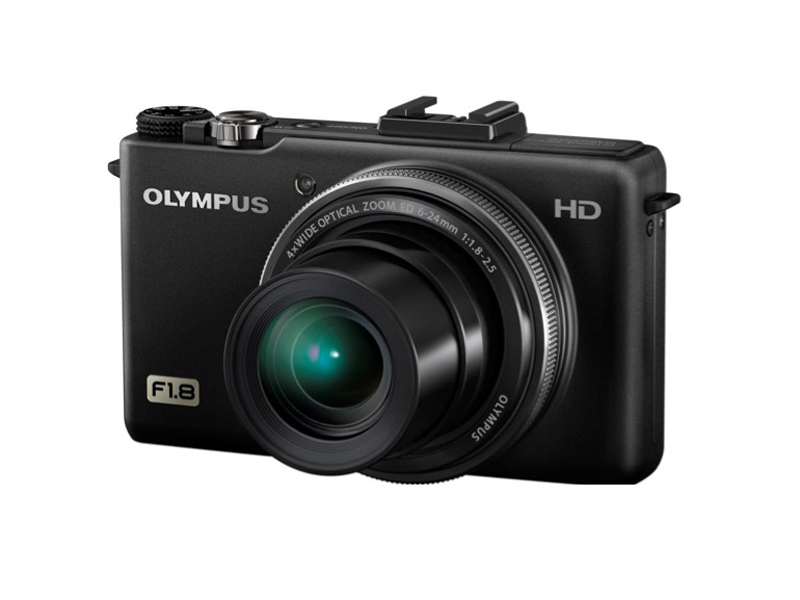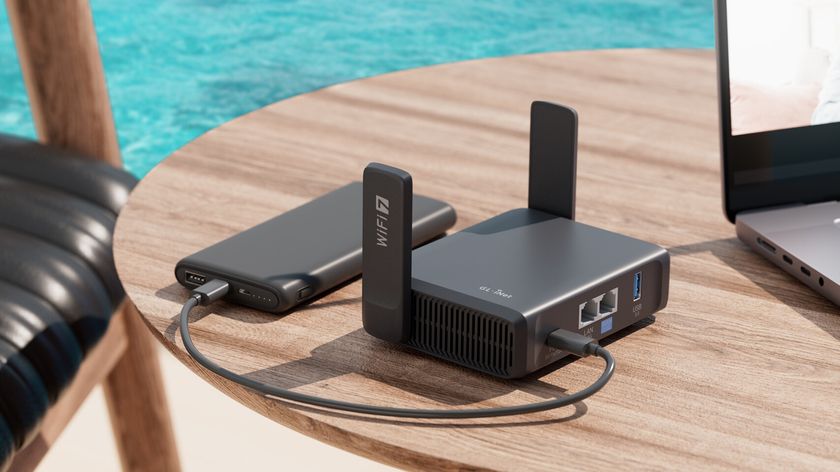TechRadar Verdict
Pros
- +
Great usability
- +
Responsive controls
- +
Good lens
- +
Good images at lower ISO
- +
Good supplied software
- +
Wide aperture
Cons
- -
Some noise at higher ISOs
- -
Smaller focal length than some
Why you can trust TechRadar
The 10-million-pixel Olympus XZ-1 enters a market in which compact and compact system cameras are becoming increasingly popular.
In addition to the burgeoning collection of interchangeable lens hybrid models, the enthusiast photographer who wants to travel a bit lighter now has options available from Canon (PowerShot G12), Fuji (X100), Leica (X1), Nikon (Coolpix P7000), Panasonic (Lumix DMC LX5), Ricoh (GR Digital III) and Sigma (DP1x and DP2s) as well as Olympus.
Update: See our video review below
So if the XZ-1 is to prove a commercial success for Olympus it's going to have to offer snappy performance and deliver top-knotch images.
With the exception of the APS-C format models from Sigma and Leica (and Fuji in the next few weeks), the Olympus XZ-1 has the largest sensor of the popular enthusiast-level compact camera collection, with a 1/1.63-inch CCD unit. This is only matched by the Panasonic LX5, while the Canon G12, Nikon P7000 and Ricoh GRD III have 1/1.7-inch devices. A larger sensor should give the Olympus camera an advantage as it often allows for bigger photosites, which usually means less image noise.
Another reason to get excited about the Olympus XZ-1 is that it is the first compact camera to have a lens with the Olympus Zuiko moniker. The iZuiko Digital 6-24mm f/1.8-2.5 optic is equivalent to a 28-112mm lens on a 35mm camera.
Impressively, even at its longest point this lens has a wider maximum aperture than the Canon G12 and Nikon P7000 lenses at their widest setting. This affords a much higher level of control over depth of field than is normally available with a compact camera. It also means that faster shutter speeds are available in low light to help cut down camera-shake.
The chance of blur from involuntary camera movements spoiling images is further reduced by the Olympus XZ-1's sensor shifting image stabilisation system, which is claimed to extend the safe handholding shutter speed by up to 2 stops.
Unlike the Canon G12 and Nikon P7000, the Olympus XZ-1 doesn't have an optical viewfinder built-in, though given the pokey nature of the Canon and Nikon units, this isn't that much of a hardship. There is, however, a port that allows an optional electronic viewfinder (EVF) to be attached and mounted in the Olympus XZ-1's hotshoe. In the absence of a viewfinder, images are composed on the XZ-1's 3-inch 610,000 dot LCD screen.
Although there are 6 Art Filters and 18 automatic scene modes (including a double exposure mode) that tailor the exposure and white balance etc to the subject, enthusiast photographers are more likely to choose the XZ-1 because it has program, aperture priority, shutter priority and manual exposure modes.
In these advanced modes shutter speed can be adjusted in the range 60-1/2000 sec, with the bulb option allowing exposures as long as 16 minutes, while sensitivity can also be adjusted in 1/3EV steps from ISO 100 to ISO 6400. In case ISO 100 isn't quite low enough, the XZ-1 has a built-in ND filter that can be used to cut out three stops of light. Light measurements may be made using 324 Digital ESP, centre-weighted average or spot metering.
The Olympus XZ-1's Trupic V processing engine allows 1.2-million-pixel images to be captured at up to 15fps (without the mechanical shutter moving) in High Speed Sequential shooting mode. However, around 20 full resolution JPEG images can be captured at a rate of 7fps.
As we might hope for a top-end compact camera, the Olympus XZ-1 allows images to be saved as raw or JPEG files (or both simultaneously) and there's plenty of control over the appearance of images via the Picture Mode and Gradation (dynamic range) options (auto, high key, normal, low key).
Impressively, in addition to providing the Olympus XZ-1 with a small pop-up flash unit, Olympus has given it the ability to trigger compatible flashguns such as the FL-50R and FL-36R wirelessly.
Video technology is also present and 1280x720 pixel movies may be recorded at 30fps as AVI Motion JPEG files, with mono sound via the built-in mic or stereo via an external mic.
It all adds up to a comprehensive package and on paper at least the Olympus XZ-1 seems a worthy competitor to the Canon PowerShot G12, Panasonic LX5, Nikon Coolpix P7000 and Ricoh GRD III.














